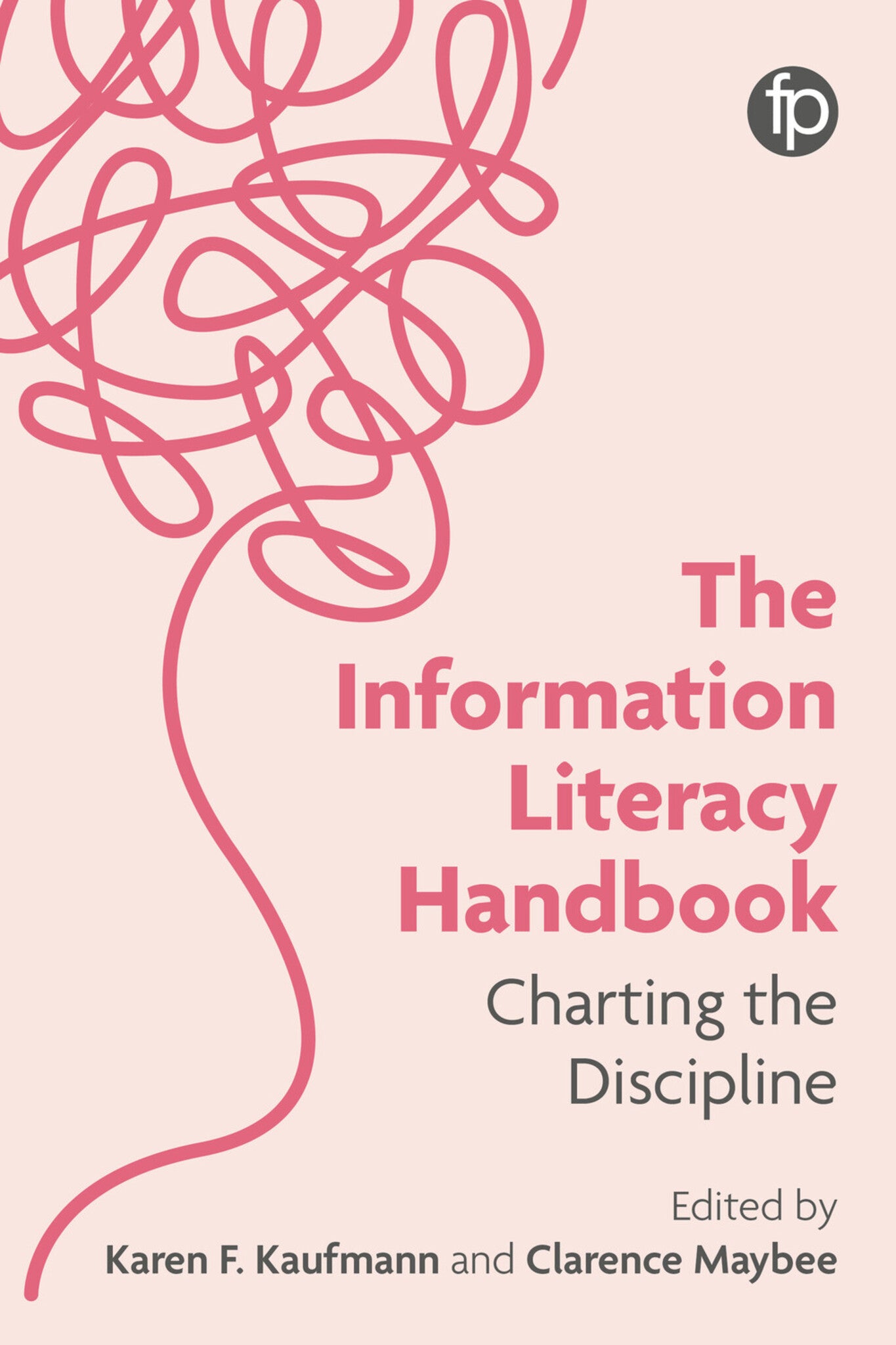We're sorry. An error has occurred
Please cancel or retry.
The Information Literacy Handbook

Some error occured while loading the Quick View. Please close the Quick View and try reloading the page.
- Format:
-
15 January 2026

Rooted in posing the key question 'how do the activities of the information literacy community fulfil the characteristics of a discipline?', this handbook will provide a new approach to framing information literacy as a soft applied discipline. This book will highlight how information literacy fulfils the characteristics of an academic discipline and will showcase current and historical scholarly activities, the body of information literacy research, and the theoretical and methodological work undertaken by the community. This handbook aims to provide a richer understanding of the nature of information literacy and its interplay in disciplines, in order to support the advancement of interdisciplinary research that explores how information is used in disciplinary settings from multiple perspectives. Chapters will cover:
- Communication channels that facilitate interactions between researchers and educators
- An overview of the theories and methodologies used by the information literacy community
- A description of the ethical values employed and respected by the community
This is an essential read for scholars, teachers, faculty members, administrators and LIS students, looking to discover how to redefine information literacy when re-situated as an academic discipline.

LANGUAGE ARTS & DISCIPLINES / Library & Information Science / General, Library and information services, COMPUTERS / Computer Literacy, Library, archive and information management, IT, Internet and electronic resources in libraries, Adult literacy guides and handbooks

Introduction to the Handbook
Chapter 1: Information Literacy Handbook: An orientation
Chapter 2: Information Literacy Community
Chapter 3: Tradition and History of Inquiry
Chapter 4: Specific Modes of Inquiry
Chapter 5: Information Literacy and Ethics
Chapter 6: Information Literacy Knowledge and Curricula
Chapter 7: Information Literacy Communications Networks
Conclusion



